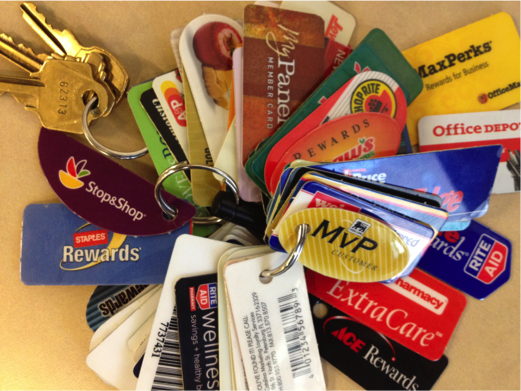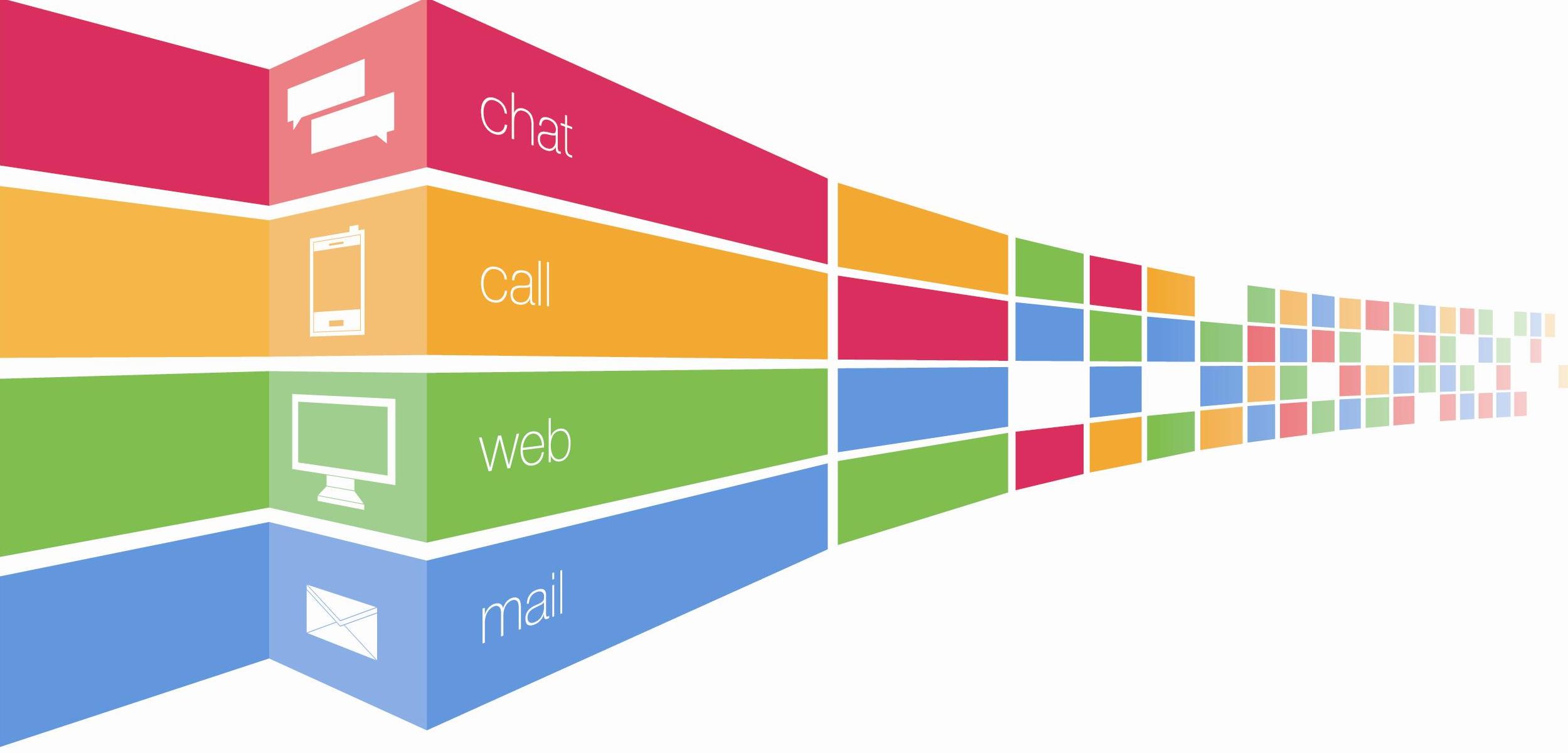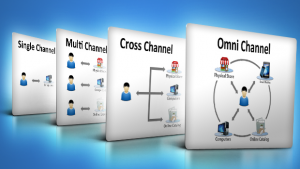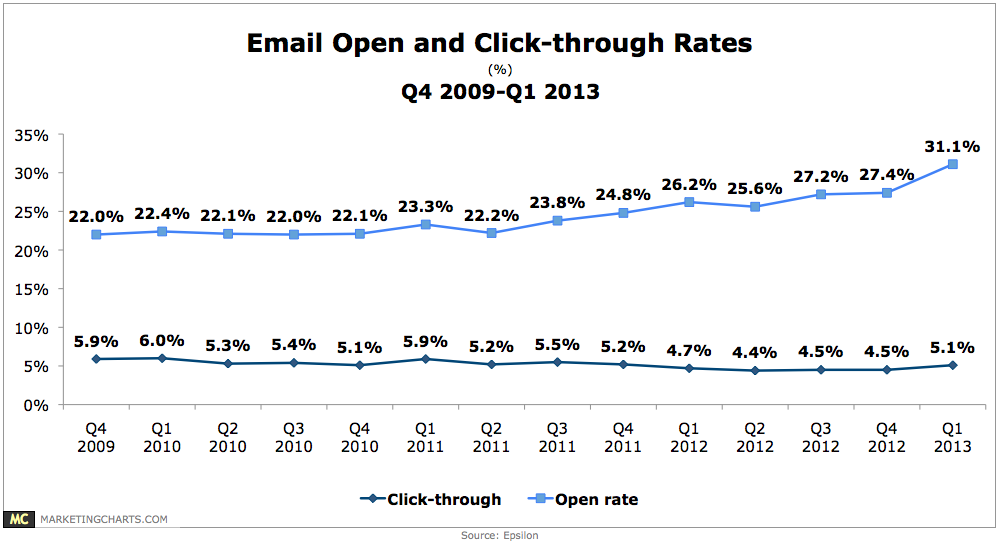Boingnet is Hiring – Inside Sales!
Boingnet is again looking to attract the best & brightest software minds on the South Shore of the Boston area. Our Inside Sales Executive position will be an exciting, rewarding and lucrative position for the right candidate as we introduce & roll out Boingnet v2. Our headquarters is located in Rockland, MA with lots of room for expansion. We offer competitive salaries, a high-energy environment and ground floor startup opportunities with lots of room for personal and professional growth.
Responsibilities:
- Prospect, develop, and close prospects for Boingnet’s entire suite of products
- Create and deliver accurate forecasts
- Perform product demos using web tools to prospects and customers
- Work closely with the Customer Success and Executive teams to ensure Boingnet customer satisfaction
- Make our customers successful!
Required Skills/ Experience:
- 3+ years of on-quota transactional sales experience selling B2B applications; on-demand/SaaS, CRM, SFA, and marketing software sales experience is strongly preferred
- Experience in highly competitive markets, marketing agency sales a plus
- History of quota over-achievement
- Ability to work in a rapidly expanding and changing environment
- Teamwork and good communication skills a must
- Four year university/college degree required
- Ability to work on-site in Rockland, MA and travel as necessary
If this sounds like you, or someone you know – check out our full description and apply soon!






